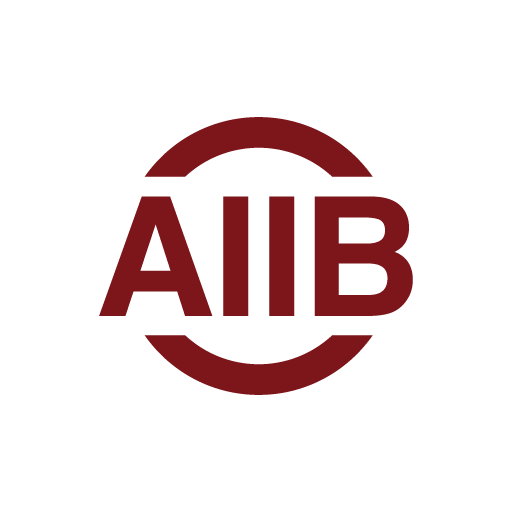
DHAKA, Oct 26, 2021 (BSS) - The Asian Infrastructure Investment Bank
(AIIB) today announced that it will align its operations with the goals of
the Paris Agreement by July 1, 2023.
The Bank currently estimates its cumulative climate finance approvals to
be US$50 billion by 2030, said a press release here.
This amount would represent a fourfold increase in annual climate
finance commitments since AIIB started publicly reporting the number in 2019.
Earlier this year, AIIB announced it would target at least a 50 percent
share of climate finance in actual financing approvals by 2025. Today's
announcement marks an important step towards achieving this goal.
"We are at a defining moment in history-one which calls for bold, fast
and wide-ranging collective action if we are to limit global warming and
protect our fragile planet," said Jin Liqun, President and Chair of the Board
of Directors at AIIB.
"Today's announcement reinforces AIIB's long-standing pledge to support
climate action in line with the Paris Agreement. We think the way forward
needs greater participation by the private sector on all fronts, so that we
can collectively deliver on the promise of building an inclusive, equitable
and sustainable future," he added.
Speaking at a press conference on the sidelines of the 2021 AIIB Annual
Meeting hosted by the United Arab Emirates, President Jin said enhancing
investments in adaptation and resilience for low-income members and fostering
emerging technologies to drive action on climate change are key focus areas.
The Paris Alignment commitment would apply to sovereign and non
sovereign projects, including investments made via financial intermediaries.
AIIB is currently testing a rigorous process to ensure projects meet
low-carbon and climate-resilient standards consistent with the Paris accord.
The approach draws on the international standards and frameworks currently
being developed in collaboration with other multilateral development banks.
In the lead-up to COP26 in November, more than 130 countries have set or
are considering a net-zero carbon emissions target by 2050. However, the
current level of ambition set out in these plans is, in aggregate, still far
too low for the international community to meet the temperature goal of the
Paris Agreement to limit global warming to well below 2 degrees Celsius,
preferably to 1.5 degrees, compared to pre-industrial levels. AIIB sees
leveraging emerging technologies as key to raising climate ambition.
"As an MDB located in the hub of innovation, we believe that technology
can act as a lever to curb greenhouse gas emissions. However, this will
require a more focused approach to the adoption of new technology as an
essential element of any comprehensive response to global climate change.
Ultimately, we need the private sector and institutional investors to come to
the table to partner with us so that we can combat the worst impact on
climate change," said President Jin.
An expanded focus on adaptation and resilience will complement the
Bank's ambitious target of having climate finance represent 50 percent of
AIIB's financing approvals by 2025.Climate finance accounted for 41 percent
of the Bank's infrastructure portfolio in 2020.
"There is no one-size-fits-all solution. Properly funding adaptation
recognizes that this work may require fundamental shifts in infrastructure
and our behavior. Flood walls, improved building standards, resilient
infrastructure are all tools we have at our disposal. But access to funds to
implement these measures is vital, especially in developing countries,"
President Jin said.
Annual resilience costs in developing countries alone are estimated to
be $140-300 billion in 2030. Today, resilience finance stands at a mere USD30
billion, according to the United Nations.
In 2020, AIIB launched the AIIB-Amundi Climate Change Investment
Framework, the objective of which is to hasten the transition to a low-carbon
economy through the capital markets. The framework allows investors to
analyze climate risks with investment opportunities by translating the three
objectives of the Paris Agreement (mitigation, resilience to physical change
and transition to green economy) into quantifiable investment metrics by
aligning financial flows with a low-carbon, climate-resilient pathway.